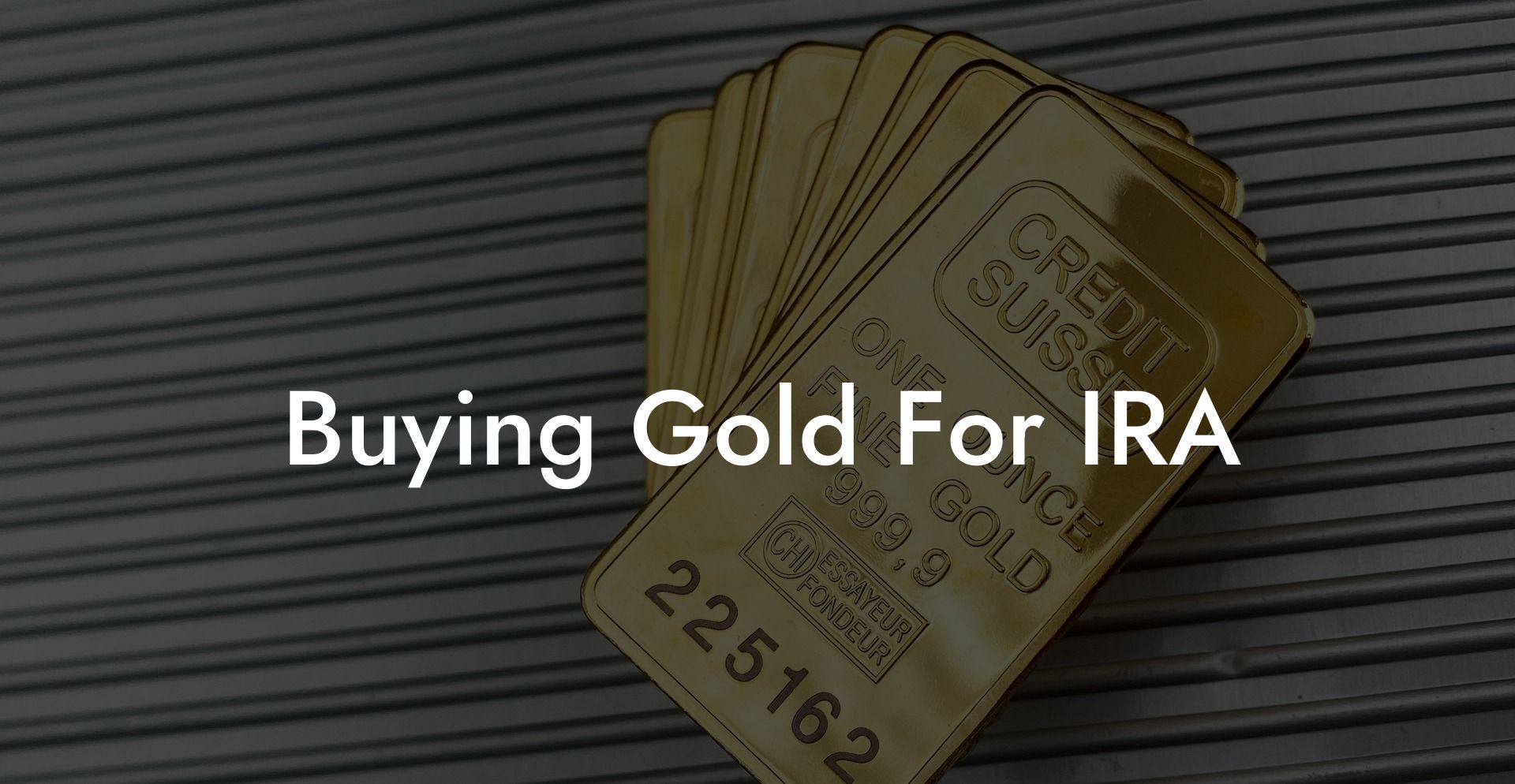marquisl50956
marquisl50956
Gold for Sale: A Comprehensive Study on Its Market Dynamics And Investment Potential
Gold has been a symbol of wealth and prosperity for centuries, serving not only as a medium of exchange but also as a retailer of value and a hedge towards inflation. Lately, the demand for gold has surged, pushed by economic uncertainties, geopolitical tensions, and a growing curiosity in different investments. This report aims to supply an in depth evaluation of the gold market, exploring its dynamics, investment potential, and the elements influencing its pricing.

Historical Context of Gold
Gold has been used as a form of currency and a measure of wealth since historic instances. The Egyptians, Greeks, and Romans all valued gold for its rarity and wonder, using it for jewelry, coins, and ornaments. The establishment of the gold normal within the 19th century additional solidified gold’s position in international trade and finance. However, the abandonment of the gold commonplace within the 20th century led to a more fluctuating gold market, influenced by varied financial indicators and investor sentiments.
Current Market Overview
As of 2023, gold is traded on varied exchanges worldwide, with the London Bullion Market and the new York Mercantile Change being the most significant. The worth of gold is influenced by multiple factors, together with:
- Provide and Demand: Gold mining manufacturing, recycling charges, and demand from industries comparable to electronics and jewellery play an important position in determining gold prices. Countries like China and India are among the biggest customers of gold, primarily for jewellery.
- Geopolitical Factors: Political instability, wars, and commerce tensions often lead buyers to hunt secure-haven property like gold. For instance, throughout the COVID-19 pandemic, gold prices surged as investors regarded for stability amidst financial turmoil.
- Monetary Coverage: Central banks influence gold prices by means of their financial policies. If you liked this article along with you would want to get more information relating to Buynetgold.Com generously go to our web-page. Low curiosity rates and quantitative easing measures can lead to increased gold prices, as they scale back the chance value of holding non-yielding belongings like gold.
- Inflation: Gold is usually viewed as a hedge towards inflation. When inflation rises, the buying energy of fiat currencies declines, leading buyers to flock to gold as a extra stable retailer of worth.
Investment Potential of Gold
Investing in gold can take various types, together with physical gold (jewellery, coins, bullion), gold-backed exchange-traded funds (ETFs), and gold mining stocks. Each funding avenue has its advantages and disadvantages:
- Bodily Gold: This includes bars, coins, and jewelry. While bodily gold affords the benefit of tangibility, it additionally comes with storage and insurance coverage prices. Furthermore, shopping for and selling bodily gold typically includes premiums and markups.
- Gold ETFs: These funds allow investors to achieve publicity to gold without the need to retailer it bodily. Gold ETFs monitor the price of gold and will be traded like stocks. They supply liquidity and ease of entry, making them an attractive choice for many buyers.
- Gold Mining Stocks: Investing in companies that mine gold can supply leverage to gold prices. When gold prices rise, mining firms typically see their inventory costs improve significantly. However, mining stocks come with extra risks, together with operational challenges and fluctuating manufacturing costs.
Dangers Associated with Gold Investment
While gold has traditionally been thought-about a safe-haven asset, it’s not with out risks. The worth of gold could be volatile, influenced by market sentiment and exterior components. Additionally, investing in gold mining stocks carries risks related to the mining trade, similar to regulatory changes, environmental considerations, and geopolitical issues in mining areas.
Future Outlook for Gold
The future of gold stays a subject of debate amongst analysts and traders. Several components might influence gold prices in the approaching years:
- Economic Restoration: As economies recuperate from the consequences of the COVID-19 pandemic, the demand for gold might fluctuate. If inflation rises significantly, gold could see elevated demand as a hedge towards forex devaluation.
- Central Bank Policies: The actions of central banks, particularly the Federal Reserve, will play a vital position in shaping the gold market. Interest rate hikes could lead to a decline in gold prices, whereas continued accommodative policies may assist greater costs.
- Technological Developments: Improvements in mining technology and recycling processes might affect the availability side of the gold market, probably resulting in changes in pricing dynamics.
- Geopolitical Tensions: Ongoing geopolitical conflicts and financial sanctions can drive buyers towards gold, reinforcing its standing as a protected-haven asset.
Conclusion
Gold remains a crucial asset in the worldwide financial landscape, offering each funding opportunities and dangers. Its historical significance, coupled with its position as a hedge against economic uncertainty, ensures that gold will continue to attract consideration from investors. As market dynamics evolve, understanding the components influencing gold costs will probably be important for making knowledgeable funding decisions. Whether by means of bodily gold, ETFs, or mining stocks, buyers should weigh their options carefully, considering each the potential rewards and the inherent risks related to gold investment.



